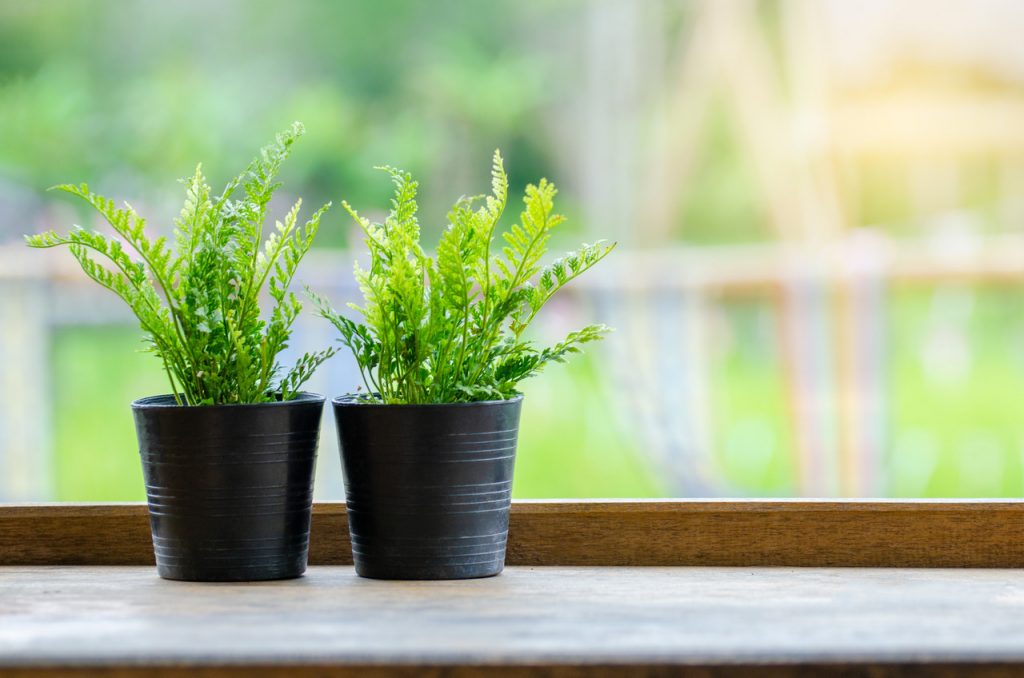According to many opinions, ferns are the easiest plants to grow. Nothing could be further from the truth. This plant is very capricious and does not tolerate any mistakes in cultivation. What is worth knowing about the cultivation of ferns?
Ferns are among the most popular pot plants grown at home. It is worth growing them, as they look beautiful and purify the air. Unfortunately, not all fern species can grow in the apartment.

Fern grows up to 30 cm high and has dark green jagged leaves. It grows best in a sunny location with diffused light. It requires moderately moist air and soil.
Round-leafed Shadbush grows to a maximum height of 40 cm. It prefers a position with diffused light, but it also tolerates sunny positions. During the growing season it requires 23-25°C, in winter 13-15°C. It needs watering once a week, it tolerates dry air well
Nondescript is a mini fern, most commonly found in Europe. There are no specific requirements for cultivation but it grows best in a place with constant humidity, a temperature of about 25°C and diffused light. If the air is too dry, the fern begins to lose its leaves – therefore, it should be moistened with a flower sprayer. The fern should be fertilized every 2 weeks.
Known as the royal fern, Nephrolepis alba grows up to 80 cm. It requires constant spraying of the leaves, temperature above 20°C and a place with diffused light. During the growing season it should be watered twice a week, and in winter once a week is enough. Fertilize it once every two weeks with a fern fertilizer.
Salmon flatwort is a very specific type of fern. It requires a minimum temperature of 24°C in summer and watering once a week, and 15-18°C in winter and watering once every 10 days.
Nested arrowhead should be watered 1-2 times a week with a stream of water directed to the center of the rosette and fertilized every 7 days. During the vegetative period the plant must stay at 20°C, in winter at 15°C.
To strengthen your fern it is a good idea to use:
Ferns don’t like frequent repotting and they grow best in too tight pots (if the pot is too big, the fern starts to get sick) – repotting is done once every few years in the middle of March.
Before repotting, water the fern very heavily, so you can more easily remove the plant from the pot. You can then propagate the plant. It is best to repot the fern into a ceramic pot – no more than 3 cm larger than the previous one. Put stones at the bottom of the pot to act as drainage.
Ferns don’t like to be touched, so pruning should be done very gently. The fern also grows whiskers, or aerial roots, which should be pruned regularly because they inhibit the growth of the plant.
Ferns are plants that often get various diseases or are attacked by various pests. Cultivation mistakes are also not negligible, the symptoms of which are:
>> See also: Flowers for living room. Which ones to choose?
The most common diseases of ferns: